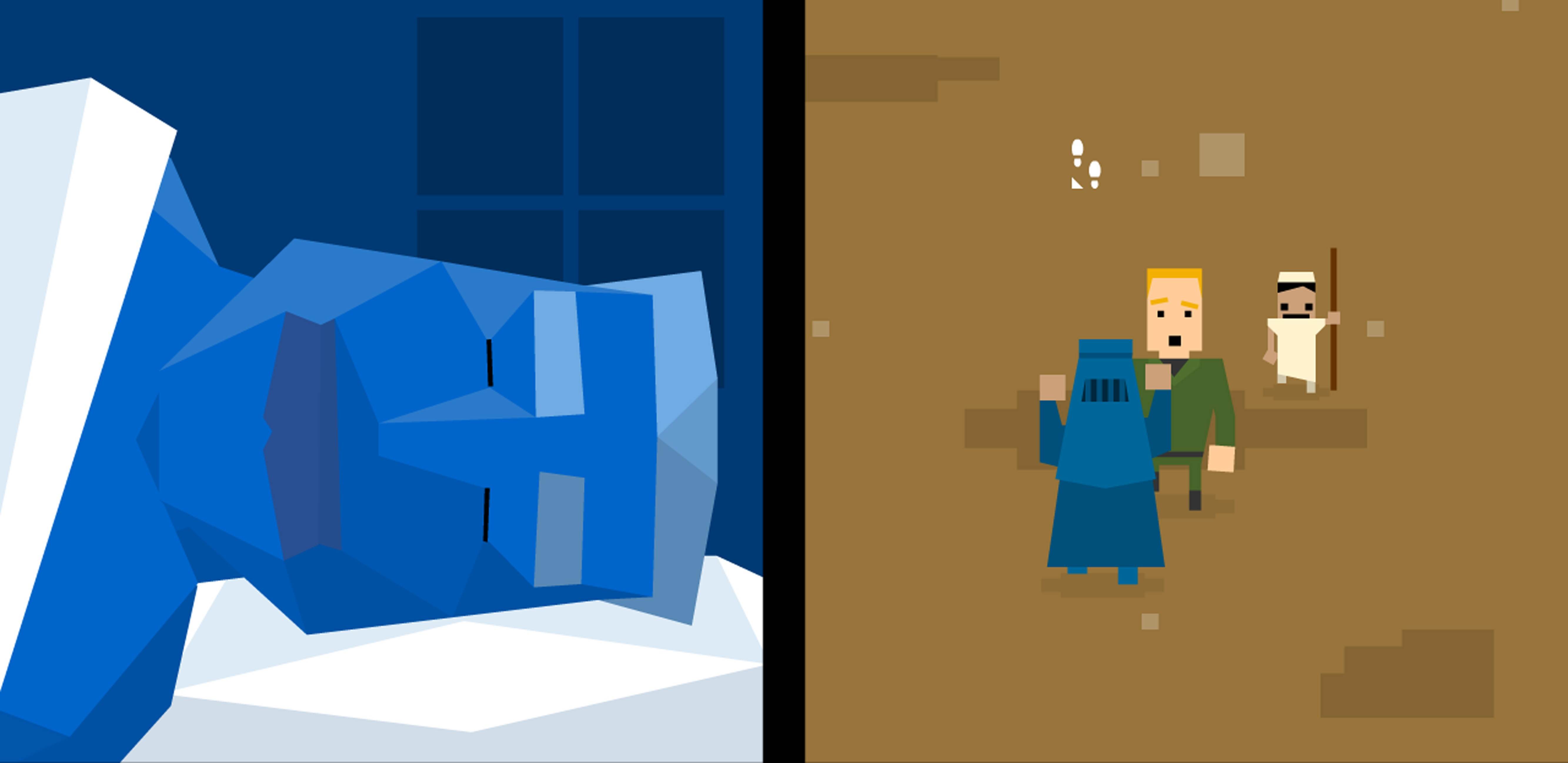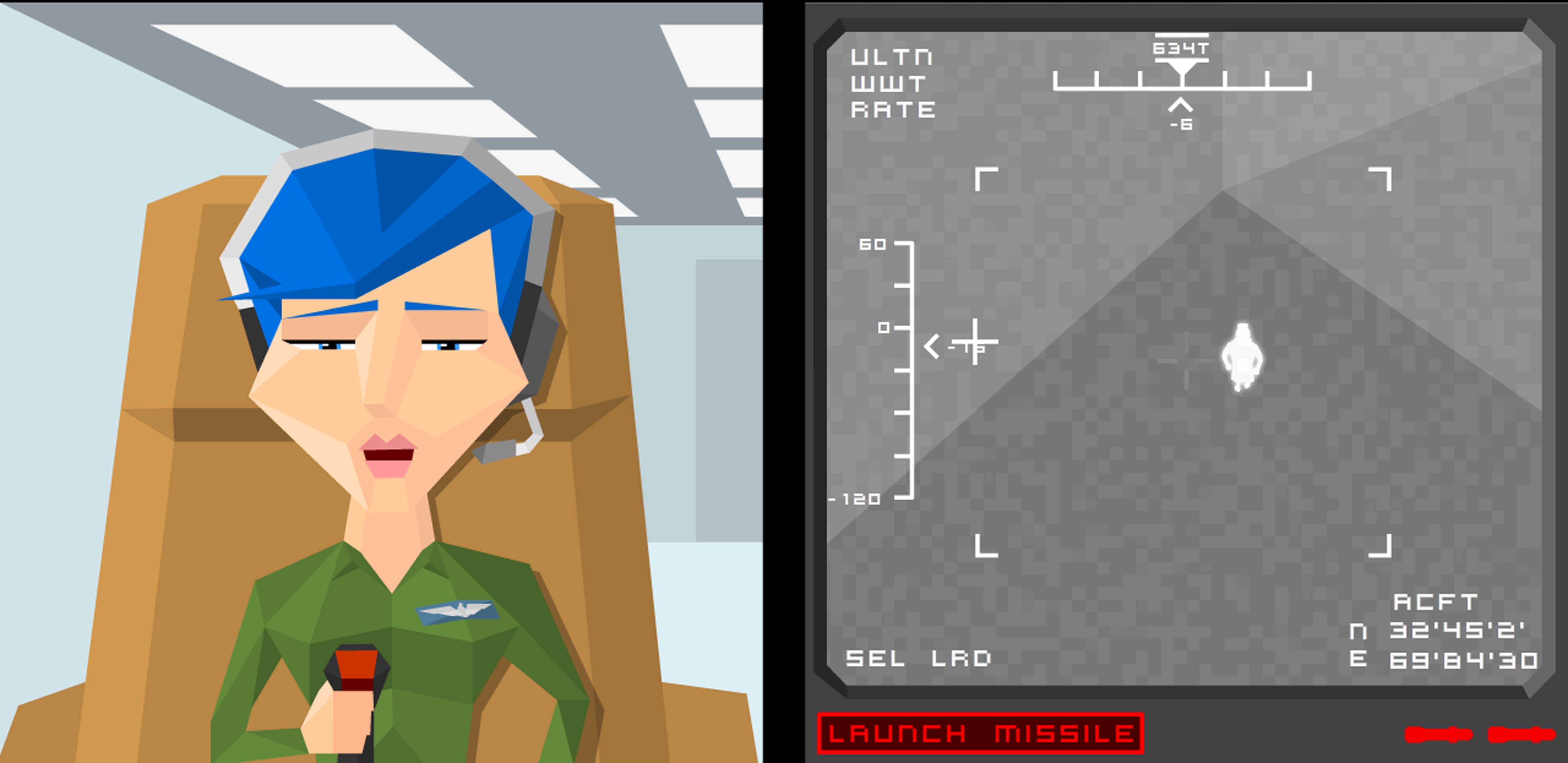Where’s the story? Forms of Interactive Narrative in Current Digital Games and other Digital Forms
A Full-Day Workshop at ICIDS 2012
Register for the Workshop
Send email to hkoenitz at uga dot edu or hartmut @ gamesandnarrative.net
Call for Participation
Interactive Digital Narrative (IDN) is a constantly evolving form of human expression. As a continuation of our workshop series on theoretical and practical aspects of IDN, this year’s workshop will analyze and discuss current trends and evolutions in research, games/entertainment and art in order to help construct a map of this exciting field. We will be bringing together current examples of IDN with cutting-edge theoretical perspectives and analytical understanding.
To harness the collective brainpower of the workshop participants, we invite participants to identify one work from within the last two years, which they consider of interest to IDN, and offer a brief presentation on it. This presentation is not mandatory, but highly encouraged, as we feel it would greatly enhance the workshop experience for all. It is not required to offer a full theoretical analysis of the work, but the presentation should relate it to IDN at least in general terms. We are especially interested in contributions from authors of such works. There are no other restrictions, and we welcome presentation of works-in-progress.
The overall objectives are to identify the narrative components in a broad area of contemporary works, to experiment with different descriptive methodologies and to brainstorm on how they can be improved. We want to provide a productive and friendly setting to discuss new ideas on IDN theory and practice and to promote a growing social network of researchers in this field. At the end of the day, a panel of experts will provide additional reflections on the discussions and help to locate the workshop results within the field of Interactive Digital Narrative. Experts at past workshops have included Janet Murray, Martin Rieser and Michael Nitsche.
Online Participation
Can’t make it to ICIDS this year? It is possible to take part in the workshop online, using the Google Hangout platform: participants who would like to join us online should contact the organizers to make arrangements.
Participant’s presentations
For those giving a presentation, short abstracts of the presentations are due before the event and will be made available to participants. PDFs of the full version of the presentations (PDF of your powerpoint) will be made available online after the workshop.
The short abstracts are due before the workshop on November 11, 2012 via email to hkoenitz at uga.edu
To help with preparing the short presentations we have created the following guidelines; participants can also choose to use their own format.
Guidelines for ICIDS Workshop presentation
When creating your presentation for the workshop, please use the following questions as guidelines:
- Start with a short overview. Also mention availability. How could others experience the example?
- What is the narrative/story in the example?
- Can you describe some of the narrative strategies in this artifact? What draws you into the narrative? What means are used to propel the narrative forward? What is the perspective of the interactor?
- What is the emotional impact/how are emotions used in the example? How does it try to create these emotions in players design-wise?
- If you understand the narrative as a sign system, what are the major signs? Are there any signs “unique” to digital media/design in the example?
- If this is a narrative the extends beyond digital media, what part is in digital media? How would you compare/relate it to other examples? Are there similar narratives in digital or other media? Where is the overlap and what are the differences?
- Try to describe the narrative without comparison to legacy (older media) forms of narrative? Is this possible? What do you get if you don’t see this as through the lens of terms like “hero story”, or “thriller”?
- Are there aspects of existing narrative theory (or other theories like cybernetics, system theory) you feel is appropriate to describe your example?
- Would it be possible to identify a new genre specific to interactive digital narrative based on your example? How would you call it? Don’t hesitate to make up a new term if you feel it’s appropriate.
Please keep the presentation short and to the point and be prepared to answer questions.
Organizers/program committee members:
Hartmut Koenitz, University of Georgia, USA, hkoenitz at uga.edu [Main Contact]
Mads Haahr, Trinity College Dublin, Ireland, Mads.Haahr at cs.tcd.ie
Gabriele Ferri, University of Bologna, Italy, gabriele.ferr at gmail.com
Tonguc Ibrahim Sezen, Istanbul University, Turkey, tongucs at hotmail.com
Digdem Sezen, Istanbul University, Turkey, digdemsezen at gmail.com



